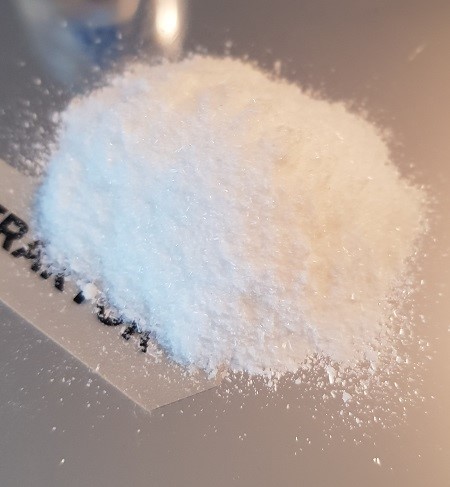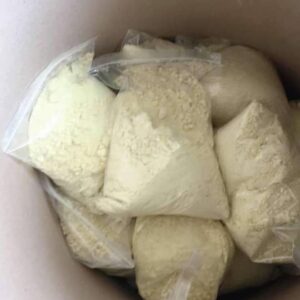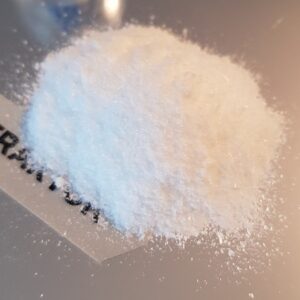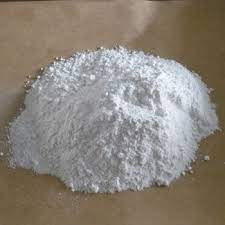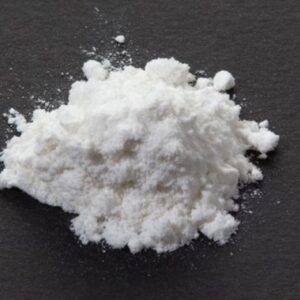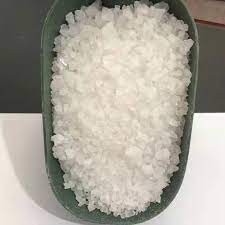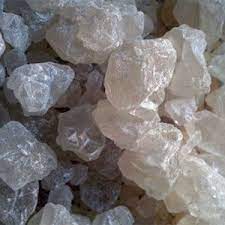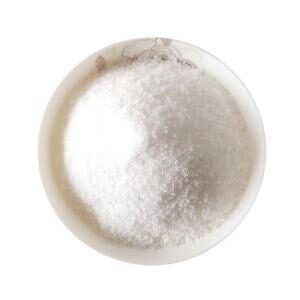Ketamine Crystals for Sale – Medical, Research, and Regulatory Guide
Introduction
Ketamine Crystals for Sale (HCl) is a dissociative anesthetic and analgesic widely used in both human and veterinary medicine. Developed in the 1960s, ketamine is essential in:
- Surgical anesthesia
- Trauma care
- Emergency and pediatric medicine
- Mental health research (e.g., treatment-resistant depression)
This guide highlights ketamine’s pharmacology, legitimate applications, regulatory status, and safe procurement, ensuring responsible and compliant use in medical and research settings.
1. Informational Section: What Is Ketamine?
Ketamine is a phencyclidine derivative and acts as a non-competitive NMDA receptor antagonist, producing anesthesia while maintaining cardiovascular and respiratory stability.
Key Chemical and Pharmacological Properties:
| Property | Details |
|---|---|
| Chemical Name | (RS)-2-(2-Chlorophenyl)-2-(methylamino)cyclohexanone |
| CAS Number | 6740-88-1 |
| Molecular Formula | C13H16ClNO |
| Molecular Weight | 237.73 g/mol |
| Form | Ketamine HCl – white crystalline powder or injectable solution |
| Solubility | Freely soluble in water, ethanol, chloroform |
| Melting Point | 258–261 °C (HCl form) |
| Storage | Cool, dry place (2–8 °C), protected from light |
| Pharmacological Class | Dissociative anesthetic / NMDA receptor antagonist |
Mechanism of Action
HCL inhibits NMDA receptor-mediated excitatory neurotransmission, leading to:
- Analgesia and sedation without significant respiratory depression
- Dissociative anesthesia (altered perception while vital functions remain stable)
- Rapid antidepressant effects via glutamate modulation and synaptic plasticity
Its pharmacology makes ketamine a model compound for neuroscience research, anesthesia studies, and psychiatric investigation.
2. Navigational Section: Approved and Investigational Uses
2.1 Clinical Applications
- General anesthesia and procedural sedation, especially in emergencies or pediatric care
- Analgesia for severe trauma or burns
- Treatment-resistant depression via FDA-approved esketamine nasal spray (Spravato®)
- Off-label use in status asthmaticus and status epilepticus
2.2 Veterinary Medicine
- Widely used in animal surgery and immobilization
- Safe profile and short recovery times make it ideal for veterinary procedures
2.3 Research and Neuroscience
- Neuropharmacology – NMDA receptor studies
- Psychiatric neuroscience – Antidepressant mechanism research
- Comparative anesthetic efficacy research
- All research requires adherence to controlled-substance regulations
3. Commercial Section: Pharmaceutical Manufacturing and Supply
Ketamine is manufactured under GMP standards and distributed as either an Active Pharmaceutical Ingredient (API) or finished product (injection, nasal spray).
Quality and Compliance Specifications:
| Specification | Requirement |
|---|---|
| Purity (HPLC) | ≥ 99% |
| Impurities | ≤ 0.1% for single impurity |
| Water Content (Karl Fischer) | ≤ 0.5% |
| Packaging | Amber glass ampoules, HDPE bottles, sealed drums |
| Certifications | cGMP, ISO 9001, USP/BP/EP standards |
| Documentation | COA, MSDS, analytical method reports |
Supply Chain: Licensed hospitals and pharmaceutical distributors source ketamine exclusively from registered, regulated suppliers.
4. Transactional Section: Legal Access and Regulatory Pathways
Ketamine is a controlled substance, and all aspects of its production, storage, distribution, and use are strictly regulated.
4.1 Regulatory Classification
| Region | Controlled Status |
|---|---|
| United States | Schedule III (CSA) |
| European Union | Controlled under national narcotics acts |
| Canada | Schedule I (CDSA) |
| Australia | Schedule 8 (Controlled Drug) |
| WHO | Psychotropic Substance, Schedule III |
4.2 Authorized Procurement
Entities must:
- Hold DEA or national controlled-substance licenses
- Source exclusively from registered manufacturers or importers
- Maintain detailed usage, storage, and disposal logs
- Ensure locked, monitored storage facilities
- Comply with GMP storage and inventory audits
Important: No individual or unlicensed online purchase is legal or safe.
5. Safety, Handling, and Environmental Considerations
- PPE: Gloves, goggles, lab coat
- Spill Response: Absorb with inert material; dispose via licensed waste channels
- Storage: Controlled, restricted-access areas; protect from moisture and light
- Environmental Impact: Avoid discharge into drains or water systems
6. HCL Forms and Storage
| Form | Use / Notes |
|---|---|
| Liquid Ketamine | Injectable for medical and veterinary use |
| Ketamine Powder / Crystals | Can be dissolved for injection; must be used only in licensed labs |
| Nasal Spray | Esketamine formulation for TRD (FDA-approved) |
| Pills | Not used in medical practice; primarily recreational misuse |
Storage: Glass vials, HDPE bottles, or amber packaging; protect from heat, moisture, and light.
7. Educational and Research Value
HCL is a critical tool for neuroscience, psychiatry, and anesthesiology research. Common educational and search keywords:
- “Ketamine mechanism of action”
- “FDA-approved ketamine depression treatment”
- “NMDA receptor research ketamine”
- “Ketamine vs esketamine differences”
Future research directions include:
- Role in neuroplasticity and synaptic repair
- Potential use in PTSD and chronic pain
- Optimization of S- and R-enantiomers for tolerability
8. Conclusion
HCL remains a vital medical and research compound, bridging anesthesia, mental health, and neuroscience.
Responsible use within licensed, regulated institutions ensures:
- Safe anesthesia and analgesia
- Ethical and reproducible research
- Compliance with national and international law
Strict adherence to GMP, controlled-substance regulations, and storage protocols is mandatory for all ketamine transactions.

